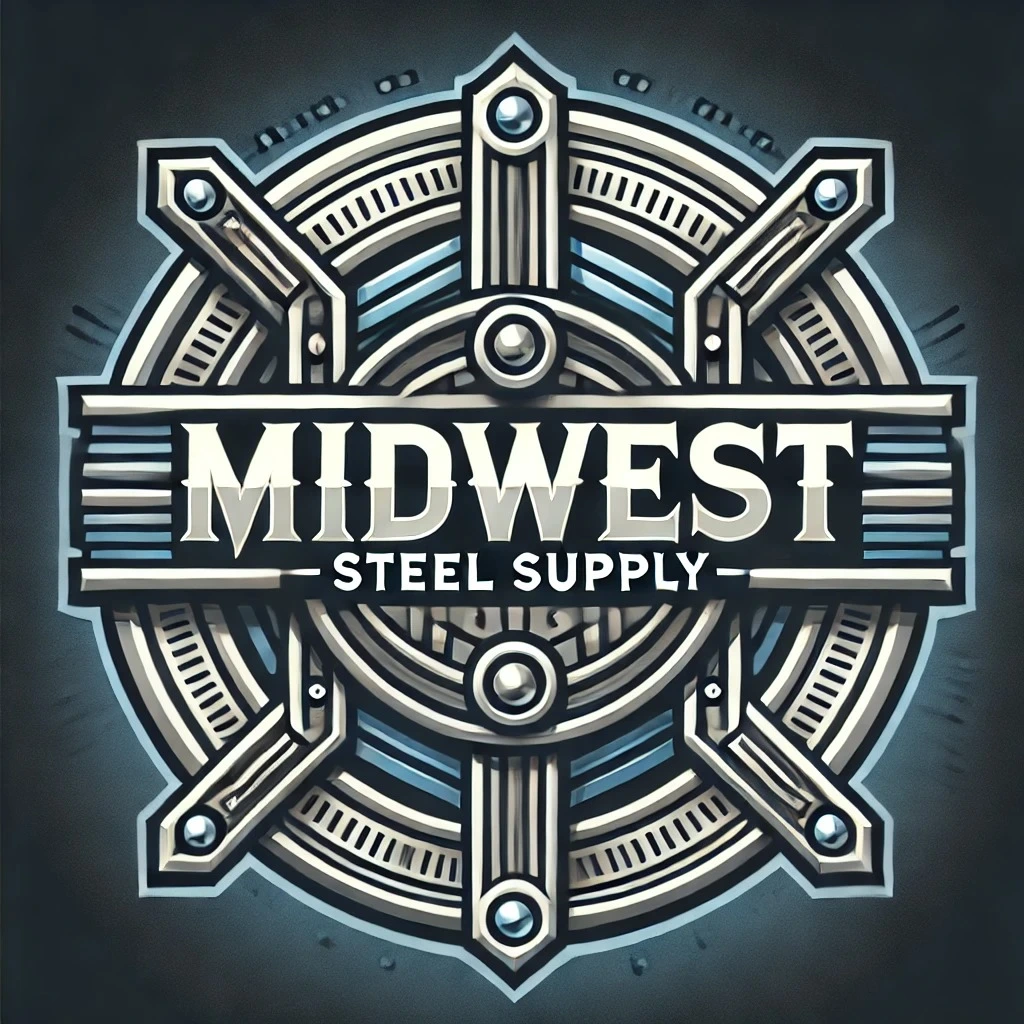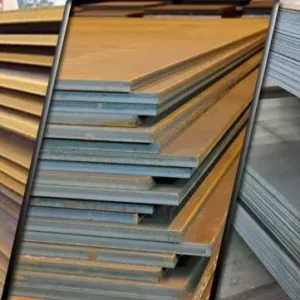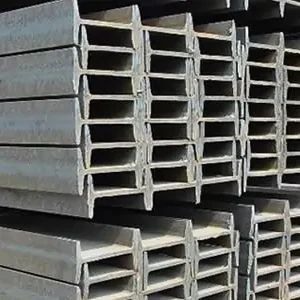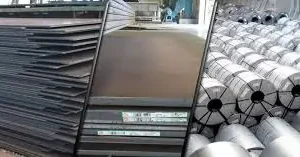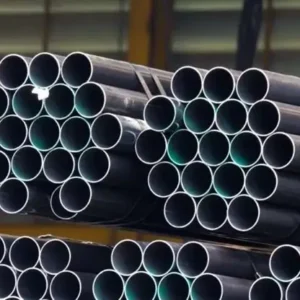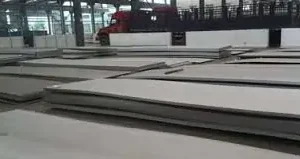Steel Supply in China: Global Powerhouse and Shifting Dynamics
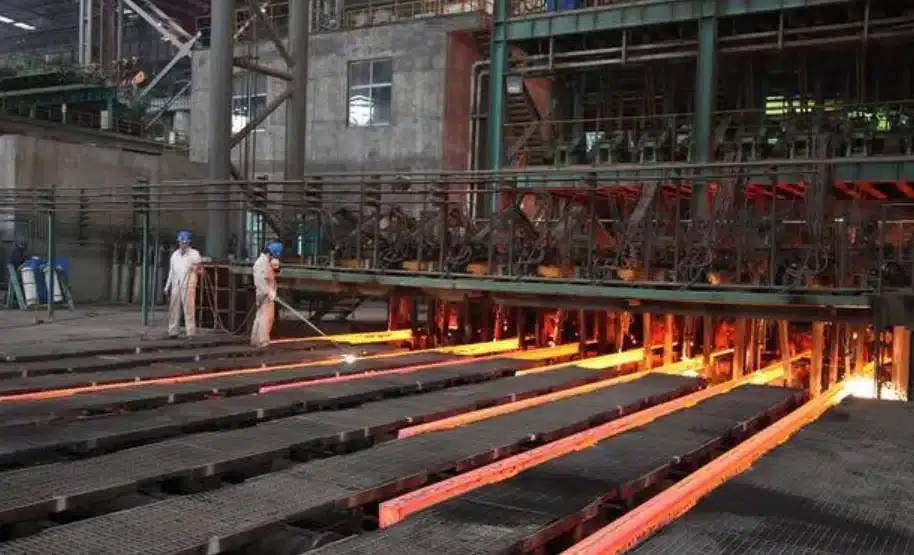
China has long held the position as the world’s largest producer and consumer of steel. Its dominance in the global steel industry is unmatched, accounting for more than half of the world’s total steel production. From infrastructure and construction to automotive and shipbuilding, Chinese steel is a crucial component in the global supply chain. However, as the international landscape evolves, China’s steel supply system faces significant challenges and transitions. This article explores the key factors influencing steel supply in China, including production trends, environmental policies, international trade dynamics, and future projections.
The Rise of China’s Steel Industry
China’s ascent as a steel superpower began in the late 20th century, driven by rapid industrialization and urbanization. In the 1980s, China’s steel output was modest by global standards. However, government-backed investment in infrastructure and manufacturing during the 1990s and early 2000s led to a dramatic increase in demand for steel.
By 2006, China had surpassed Japan to become the world’s largest steel producer. According to the World Steel Association, in 2023, China produced approximately 1.02 billion metric tons of crude steel—more than 50% of the global total. State-owned giants like Baowu Steel Group, Ansteel, and HBIS Group dominate the industry, with thousands of smaller private mills operating across the country.
Key Factors Driving China’s Steel Supply
Several key factors have enabled China to sustain its steel production leadership:
-
Abundant Raw Materials
China possesses significant reserves of iron ore and coal, essential components in steelmaking. Additionally, China imports vast quantities of high-grade iron ore from countries like Australia and Brazil to meet the demand of its blast furnaces. -
Government Support and Infrastructure Development
The Chinese government has long supported the steel industry through subsidies, favorable policies, and state-directed investment in infrastructure. Highways, bridges, buildings, and railways require massive amounts of steel, and these projects have provided a consistent demand stream. -
Economies of Scale
Chinese steel producers benefit from massive economies of scale. With such a large domestic market and low labor costs, they can produce steel at lower prices compared to many competitors. -
Export Capability
Although domestic demand is high, China also exports steel to numerous countries. Southeast Asia, the Middle East, and Africa are key markets. In 2022, China exported about 67 million tons of steel products.
Environmental and Regulatory Challenges
Despite its dominance, China’s steel industry has faced increasing scrutiny for its environmental impact. Steelmaking is one of the most energy-intensive and polluting industries in the world. The Chinese government, acknowledging the need for cleaner growth, has implemented policies to reduce overcapacity and carbon emissions.
-
Carbon Neutral Goals
In 2020, President Xi Jinping announced that China would aim for carbon neutrality by 2060. As steel production accounts for about 15% of China’s carbon emissions, this declaration forced the industry to rethink its operations. Cleaner technologies like electric arc furnaces (EAFs) are being promoted over traditional blast furnaces. -
Production Cuts and Environmental Regulations
The government has imposed steel production caps in certain regions to curb pollution, especially during major international events or air quality emergencies. For instance, cities like Tangshan—a steelmaking hub—have seen periodic shutdowns to improve air quality. -
Steel Scrap Recycling
Recycling steel from scrap is gaining popularity as a more sustainable alternative. While China has lagged behind some Western countries in scrap recycling due to a historical reliance on iron ore, the shift toward EAFs is expected to increase scrap usage.
Global Trade Tensions and Anti-Dumping Measures
China’s massive steel exports have often led to trade tensions with other countries. The United States, the European Union, and India have accused China of dumping steel—selling it at unfairly low prices to undercut local producers. As a result, numerous anti-dumping duties and tariffs have been imposed on Chinese steel.
-
US-China Trade War
During the Trump administration, the U.S. imposed heavy tariffs on Chinese steel, citing unfair trade practices. While some of these policies remain, China has shifted its export strategy by targeting emerging markets less sensitive to trade disputes. -
Belt and Road Initiative (BRI)
The BRI has helped Chinese steelmakers find markets in countries with significant infrastructure needs. Steel exports are bundled with Chinese-funded construction projects, allowing China to extend its industrial reach globally.
Industry Consolidation and Modernization
To combat inefficiencies and reduce overcapacity, the Chinese government has encouraged consolidation within the steel industry. Mergers between state-owned enterprises, such as Baowu Steel’s acquisition of other regional players, have created national champions with global competitiveness.
Technological upgrades are also a key part of modernization. Smart manufacturing, automation, and AI-driven supply chain management are being adopted to increase efficiency and quality control. These innovations are helping Chinese steel firms move up the value chain from basic steel products to high-grade specialty steels used in aerospace, automotive, and high-speed rail.
Future Outlook
Despite the challenges, China’s steel supply remains robust and influential. However, the future is likely to be shaped by several strategic shifts:
-
Green Transformation: The move toward carbon neutrality will accelerate investments in EAFs, hydrogen-based steelmaking, and scrap recycling.
-
Quality over Quantity: As domestic demand stabilizes, Chinese steelmakers will focus more on producing higher-quality, value-added steel rather than sheer volume.
-
Global Partnerships: To maintain its global edge, China is expected to pursue strategic partnerships and joint ventures with international players.
-
Decentralized Demand: With growth slowing in traditional sectors like real estate, demand for steel will increasingly come from renewable energy, electric vehicles, and advanced manufacturing.
Conclusion
China’s steel supply system is a cornerstone of its industrial might and a linchpin in the global economy. While it faces numerous challenges—from environmental pressures to global trade tensions—the country’s adaptability, policy direction, and industrial scale position it well for future evolution. The ongoing shift toward sustainability and technology-driven production will likely define the next chapter of China’s steel story, with implications for markets and manufacturers worldwide.
